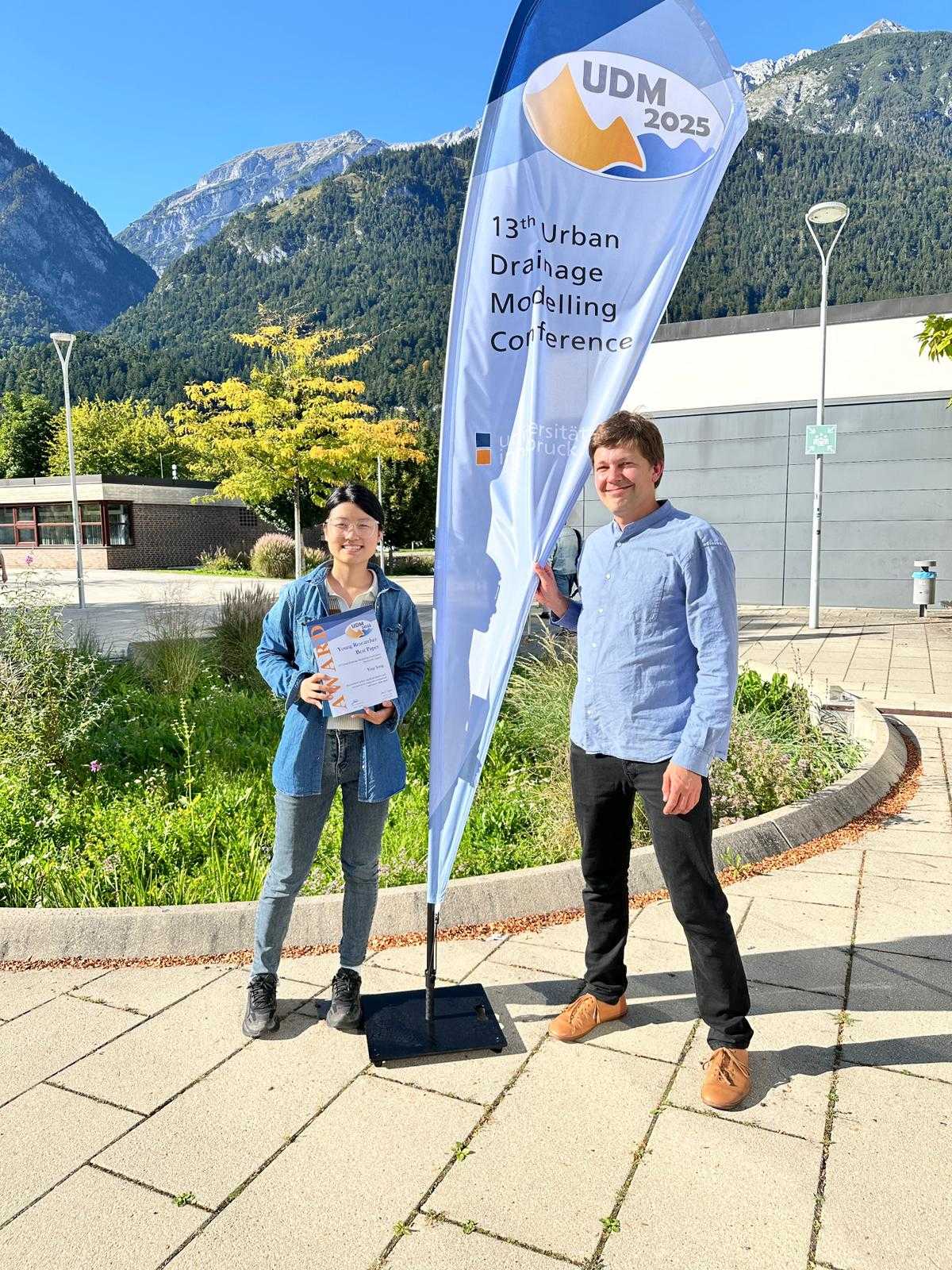Microwave link data for urban water management
1 Martin Fencl, 1 Vojtěch Bareš
1 Department of Hydraulics and Hydrology, Faculty of Civil Engineering, Czech Technical University in Prague, Czechia
The contribution will present the possibilities of using commercial microwave link (CML) data in the field of urban drainage. It will summarize the main findings obtained during ten years of our research and present a pilot study in the city of Olomouc, where CML data was provided in near real-time to the water utility to optimize wastewater treatment plant performance. The contribution will show what this data brings to modelling runoff from urban catchments of different sizes. How they can be combined with standard observations (rain gauges, flow meters) and if they can be used with existing physical models or with ad-hoc constructed data-driven models.
Presentation slides:
Hydrological application of OS data: The Lambro catchment case study
1 Greta Cazzaniga, 2 Andrijana Todorovic, 3 Cristina Deidda, 4 Carlo De Michele, 5 Roberto Nebuloni
1 Université Paris-Saclay, Laboratoire des Science du Climat et de l’Environnemnt/IPSL, Gif-sur-Yvette, France
2 University of Belgrade, Faculty of Civil Engineering, Belgrade, Serbia
3 Vrije Universiteit Brussel, Department of Water and Climate, Brussel, Belgium
4 Politecnico di Milano, Department of Civil and Environmental Engineering, Milano, Italy
5 IEIIT, Consiglio Nazionale delle Ricerche, Milano, Italy
The spatial variability of precipitation is a source of major uncertainty in hydrological modelling. Opportunistic sensors (OS), such as commercial microwave links (CML), may provide a significant contribution to the characterization of rainfall spatial variability. Indeed, OS rainfall data can complement observations collected from traditional sensors as networks of raingauges or radars, and contribute to obtaining the fine-scale rainfall data needed for accurate hydrological modelling. OS rainfall data, especially the CML-based ones, have been used to simulate runoff. However, these studies mainly focused on small urban catchments, whereas applications to larger peri-urban or rural catchments are scarce. Our research presents a pioneering attempt to apply CML-sensed rainfall data for runoff simulations in the peri-urban Lambro catchment in Italy. After the pre-processing of the OS data, the CML-based rainfall is evaluated from the standpoint of hydrological modelling by comparing model performance to that of the model driven by other rainfall data, obtained from raingauges and radar. Based on our results, we provide recommendations for applications of CML-sensed rainfall for large-scale hydrological modelling.
Presentation slides:
Keynotes:



